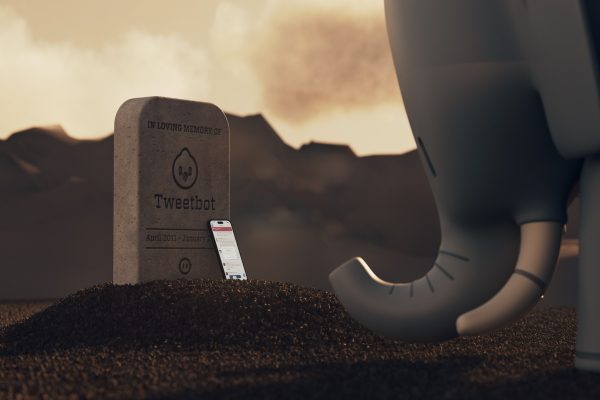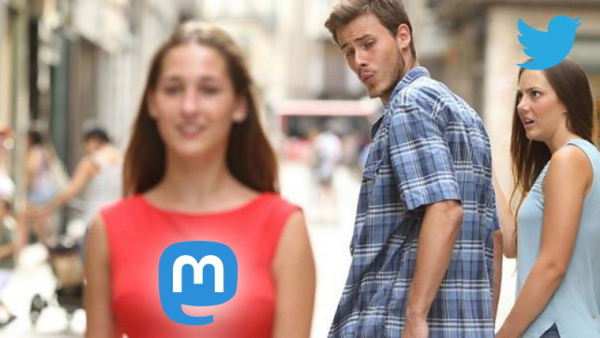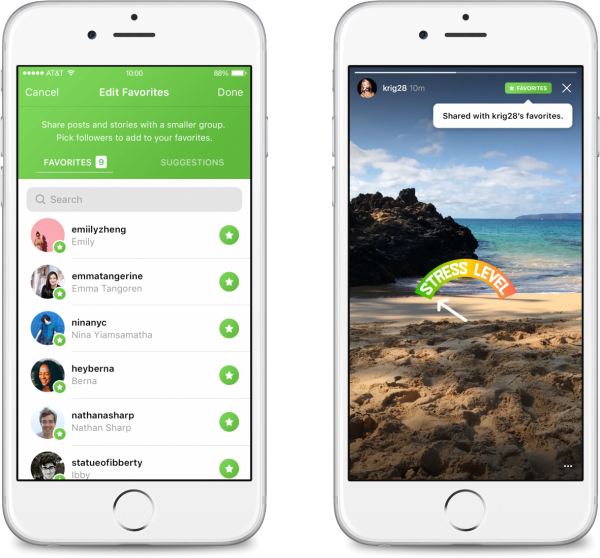With Elon Musk killing off third-party Twitter apps with zero grace period and zero class, one of the absolute staples of my techie lifestyle was abruptly taken away from me.
Ever since Tweetbot launched in April 2011, it has been on my iPhone home screen. For over a decade, it was the literally first app I'd open when I wake up. Whenever I had a few minutes to spare because I was waiting for files to transfer or I was waiting in line, I would open Tweetbot. When I was following some breaking news in real-time; Kobe's death, Lakers championships, good presidencies, one shitty presidency, many world-wide tragedies, but even more inspiring moments.
Tweetbot — specifically, it's iCloud timeline position syncing — was one of the two anchors that kept me happily committed to the Apple ecosystem.
Even though Tweetbot is no more, its legacy will carry on in the form of Ivory for Mastodon.
Long live, Tweetbot.


